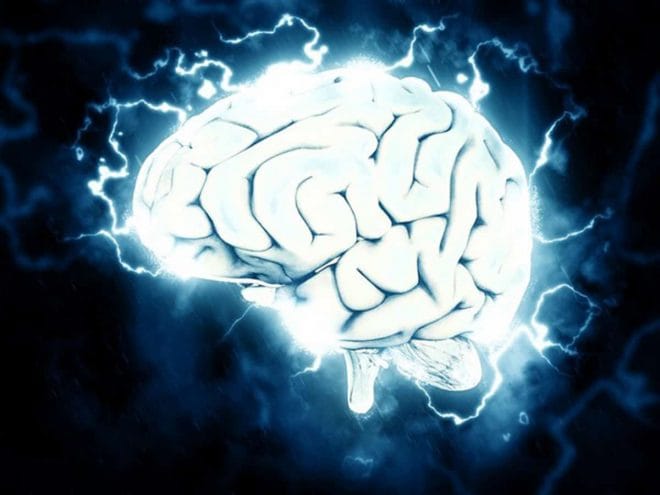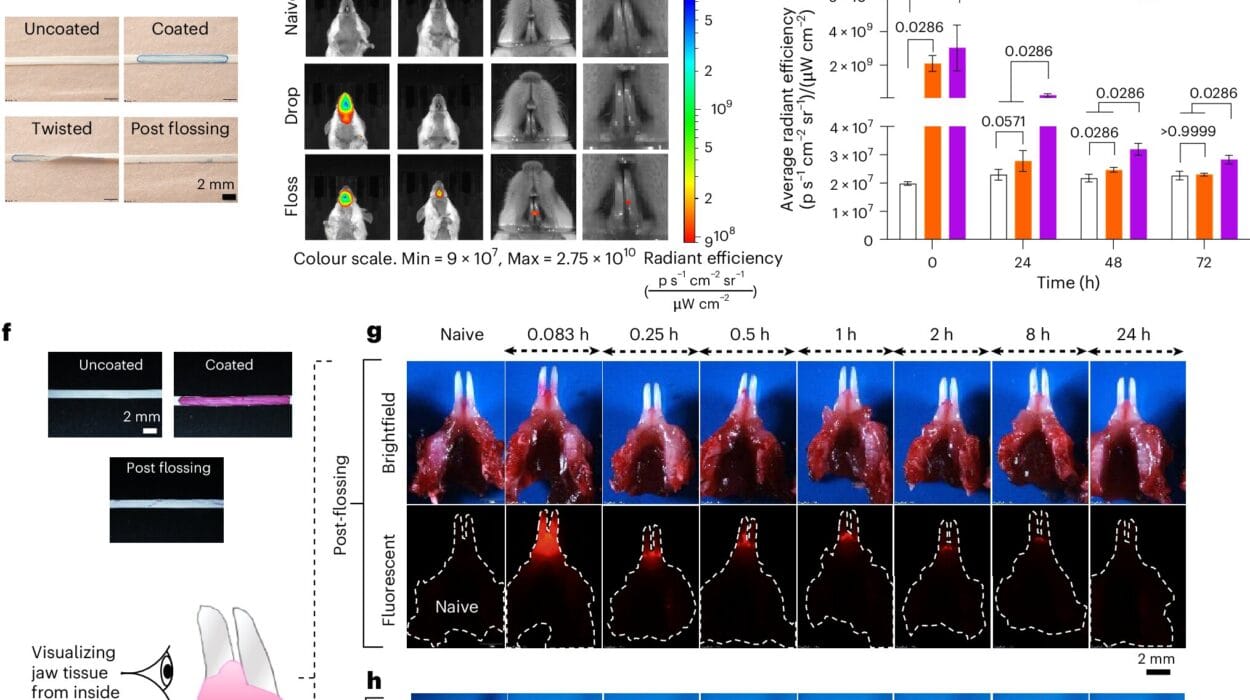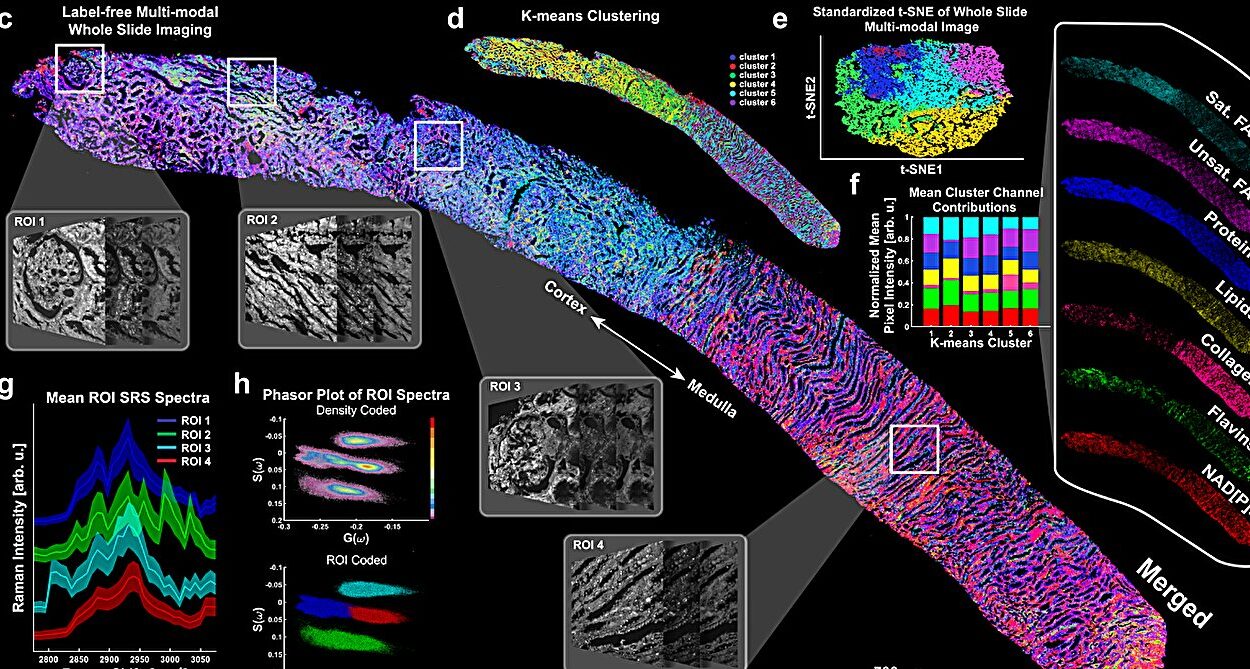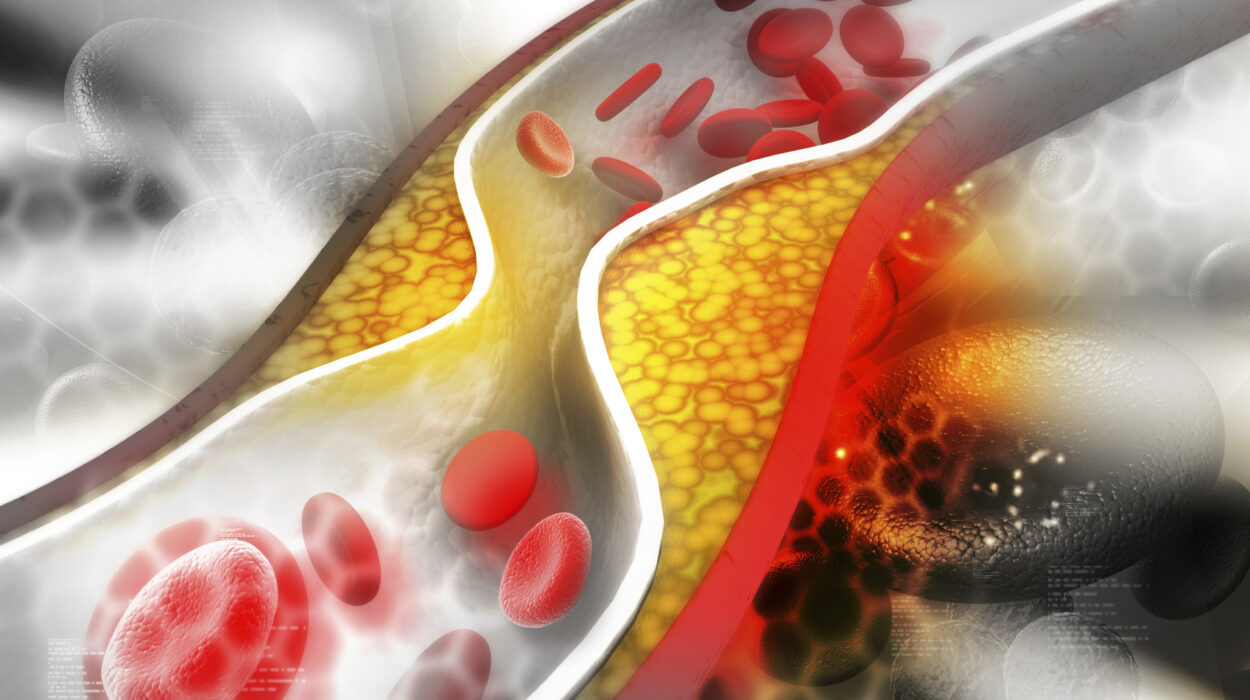In the relentless and heartbreaking search to understand neurodegenerative disease, researchers have for decades been navigating a maze with no clear exit. Despite billions of dollars spent and libraries of research published, the causes of diseases like Alzheimer’s, Parkinson’s, frontotemporal dementia, and ALS remain maddeningly elusive. They unravel minds, seize muscles, and blur the identities of those they afflict—yet their true origins, the trigger that sets it all in motion, still lurk in shadow.
Enter the Global Neurodegeneration Proteomics Consortium (GNPC), a scientific alliance so ambitious that it feels like a moonshot. With hundreds of researchers analyzing more than 250 million plasma measurements from nearly 19,000 individuals across 23 international cohorts, GNPC isn’t just skimming the surface—it’s plumbing the biochemical depths of the human body in search of answers. And recently, something began to shimmer in the data.
What they’ve found might not yet be the golden key, but it could very well be the map that leads to it.
The APOE ε4 Puzzle
Any serious conversation about Alzheimer’s disease eventually circles back to the APOE gene. Specifically, the ε4 variant of it. APOE ε4 doesn’t cause Alzheimer’s in the traditional sense—it’s not a loaded gun—but it does load the chamber. Those who carry one copy of the allele are at greater risk. Those with two copies face even steeper odds and an earlier onset. It has long stood as one of the strongest genetic risk factors for late-onset Alzheimer’s disease.
But there’s a problem: while APOE ε4 may predict risk, it offers no path to treatment. Scientists can’t directly target it with drugs because it doesn’t actively “do” something harmful. It’s more like a signal flare in the dark, marking a problem that lies elsewhere.
The GNPC team suspected that if APOE ε4 carriers share a higher disease risk, there might be common biological threads running through their bloodstreams—regardless of whether they have Alzheimer’s, Parkinson’s, ALS, or some other diagnosis. Proteins, being the foot soldiers of biology, seemed a likely place to look.
And they were right.
Buried in Blood: Five Proteins and a Shared Signature
In the torrent of biological noise—thousands of proteins fluctuating across age, lifestyle, and disease—GNPC found something extraordinary: a consistent five-protein panel showing up in APOE ε4 carriers, no matter what neurodegenerative condition they had.
The proteins—SPC25, NEFL, S100A13, TBCA, and LRRN1—surfaced in one dataset after another, like faces reappearing in crowds, pointing to a shared biology that stretches beyond diagnostic labels. With astonishing accuracy, the presence of these proteins could predict APOE ε4 status with an AUC (area under the curve) of 0.90 to 0.96—remarkably high for biomarker work, especially across multiple diseases.
Even more fascinating, the prediction held steady whether the subject had Alzheimer’s, Parkinson’s, frontotemporal dementia, or ALS. It was as if the protein panel wasn’t tied to a single disease, but rather to a biological vulnerability shared among them all—a hidden fault line in the landscape of aging and neurodegeneration.
And for the first time, scientists had hard evidence that such a fault line existed.
Clues Across Disorders: What the Protein Profiles Say
The GNPC’s work didn’t just stop at this five-protein fingerprint. With their colossal dataset, the team mapped out protein profiles across diseases, building detailed biochemical landscapes that reflect the unique and overlapping biology of each condition.
In Alzheimer’s samples, 27 proteins were consistently elevated and 130 reduced, particularly in pathways linked to glucose metabolism and vesicle trafficking—areas vital to cellular communication and energy. Parkinson’s disease profiles lit up with Ras-family GTPase signaling proteins, hinting at changes in cell growth and signaling. Frontotemporal dementia samples showed a drop in synaptic-linked proteins, echoing the loss of cognitive function seen in patients. ALS, notorious for its muscular devastation, displayed heightened levels of skeletal-muscle-related proteins.
Each disease had its signature. Each pathway a whisper of what goes wrong. But the existence of shared biomarkers across these varied signatures was perhaps the most exciting and sobering revelation of all. It hinted at common upstream drivers—fundamental shifts in biology that manifest as different diseases depending on a person’s genes, environment, and maybe even luck.
Aging from the Inside Out
In a daring extension of their analysis, the researchers applied something called an organ-specific aging clock—a proteomic tool that estimates the age of different organs based on molecular wear and tear. The results were startling.
In Alzheimer’s disease, the brain wasn’t the only organ under siege. The data showed signs of accelerated aging in the arteries, liver, and intestines. Parkinson’s patients showed premature aging in muscle tissue. These are places most Alzheimer’s or Parkinson’s patients never feel symptoms—yet their bodies are aging faster there, too.
This expands the definition of neurodegeneration. It’s not just about dying neurons or damaged synapses—it’s about a systemic breakdown, a whole-body aging process that may start long before the brain shows symptoms.
For decades, neurodegeneration was considered a local issue—a disease of the brain. This data suggests otherwise. The entire body may be a participant in, or even a catalyst for, what eventually becomes a disease of the mind.
Correlation, Not Causation—Yet
Despite its promise, the GNPC’s work comes with caveats. These biomarkers are, at present, correlations, not causes. The five-protein panel doesn’t explain why neurodegeneration occurs. It simply points to a pattern—a repeatable, measurable biological footprint shared among those at elevated genetic risk.
No one is claiming these proteins cause disease. The body is a tangled web of interactions, and untangling one strand doesn’t reveal the whole tapestry.
But this kind of work is how discovery begins. Correlation is the first signpost in the wilderness. With it, researchers can begin to ask the right questions—and design the right experiments to find real causes.
Bill Gates and the Call for Collaboration
One of the most vocal champions of GNPC’s mission is Bill Gates, who helped launch the consortium. For Gates, the findings are not just a win for science—they are proof of what the world can achieve when borders fall away and collaboration takes center stage.
“This is the moment to spend more money on research, not less,” Gates urged. “And this is the time to encourage more collaboration across borders, not less.”
He reminds us that some of humanity’s most important medical advances—the Human Genome Project, the HPV vaccine, and the COVID-19 vaccines—were made possible not by isolation, but by cooperation across nations, ideologies, and cultures.
Gates sees GNPC not just as a scientific endeavor, but as a political statement: science flourishes in openness. The stakes are too high for nationalism. Alzheimer’s doesn’t care about passports. Parkinson’s doesn’t recognize borders.
In the search for cures, collaboration isn’t optional—it’s essential.
Where We Go From Here
For patients and families watching loved ones fade, every new finding can feel like hope wrapped in hesitation. The GNPC’s results won’t lead to a cure tomorrow. But they may well lead to better diagnostic tools, early risk assessments, and eventually, new therapeutic targets.
The five-protein panel may become a kind of molecular lighthouse—guiding researchers toward the deeper mechanisms behind neurodegeneration. More importantly, it may help stratify patients earlier, before symptoms appear, when interventions could make a real difference.
In the years ahead, scientists will need to translate these correlative findings into mechanistic understanding. They’ll have to test which proteins play active roles in disease, which are bystanders, and which are early-warning signs. But thanks to GNPC, they’re no longer wandering in the dark.
The Proteins Have Spoken
In the end, this isn’t just a story about blood samples or protein panels. It’s a story about the power of persistence, the importance of data, and the quiet truth that even in our most devastating diseases, the body is trying to tell us something.
The proteins are whispering. They’re saying: “Look closer. You’ve been missing the pattern. We are it.”
And for the first time in decades, scientists are listening—and beginning to understand.
Reference: Farhad Imam et al, The Global Neurodegeneration Proteomics Consortium: biomarker and drug target discovery for common neurodegenerative diseases and aging, Nature Medicine (2025). DOI: 10.1038/s41591-025-03834-0






